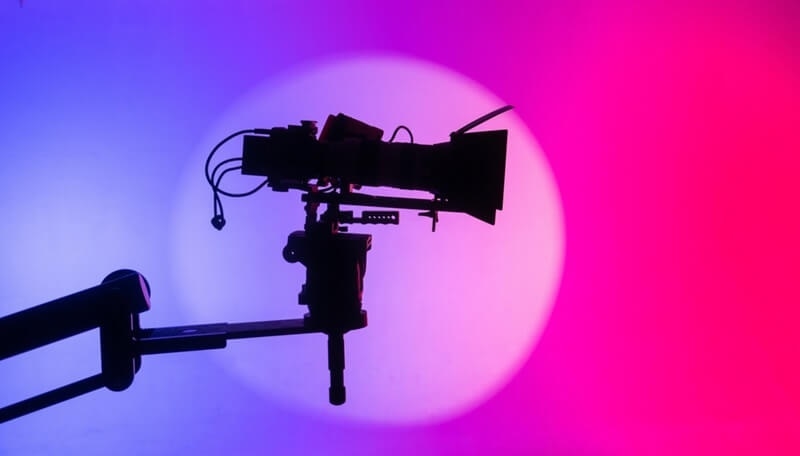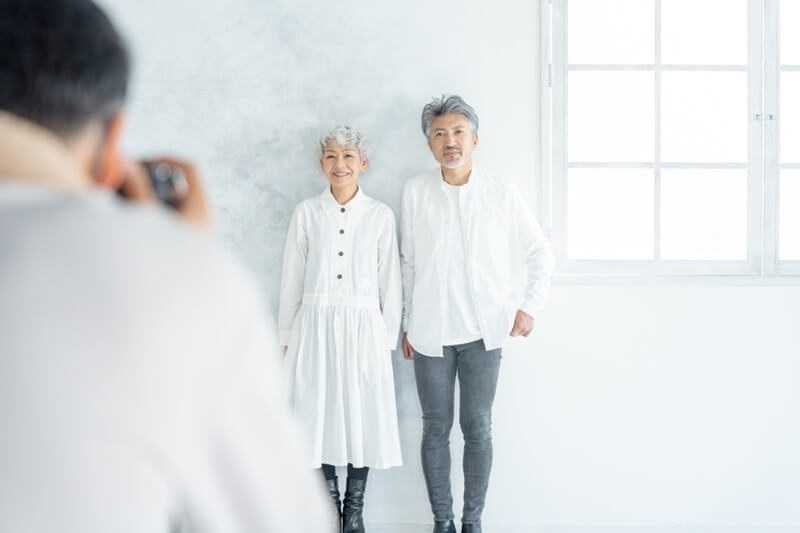
Photography is not just a matter of capturing an image, but it is also about creating a bond. A high-quality photo can make a person stop and think and evoke deep emotions. While the technical part is essential, storytelling photography techniques give your pictures the power of durability. As a beginner, the art of telling stories through your photographs may feel like a big challenge, but if you use the right method, you can narrate the everyday events of your life as engaging stories.
This guide will introduce you to storytelling and the essential ways of using your camera, acquaint you with photo story creation, and share practical beginner storytelling tips that will help you build confidence during your journey.

A photo may be sharp and nicely lit, yet it will lack the wow factor if it does not tell a story. Storytelling adds the reason for being to your artworks. It converts the mere snapshots into encounters that can touch the spectator's feelings. Through narrative photography basics, one learns to go beyond the technical part and focus on the emotion, relationship, and meaning.
Stories open a door of personal connection with the viewers of your photos. They do not simply see the object but feel like a part of the moment captured, whether you are depicting a child's innocent laughter, the hustle and bustle of a market on the street, or the beauty of a quiet landscape. Making stories a part of your work will always turn it into an intimate and unforgettable experience for others.
The fundamentals of storytelling in photography are shown through the use of visual aids and the underlying narrative. Storytelling photography techniques enable you to prepare, shoot, and show the photos that deliver the message you have clearly stated. Some of these techniques include:
The above methods do not necessarily have to be complicated. Even a novice can improve greatly his/her storytelling skills by trying out little changes.
If you’re new to storytelling, start simple. You don't require expensive gear or years of training to come up with impactful narratives just through your pictures. Below are some beginner storytelling tips to remember:
If you start using these tips often, you will recognize that stories will come to you naturally through your photographs.
Emotion is the main ingredient of a story. In the absence of one, photos may seem devoid of life. To capture emotion in photos, one needs to have patience, be observant and sensitive.
Observe small gestures such as laugh, a pensive look, or even the way someone is holding an object. These may be ordinary moments, yet they hold quite a bit of emotional weight. Apart from that, you can also employ light, color, and framing to emphasize the emotion that you want to communicate.
For instance, soft amber light can impart cheerfulness and nostalgia to a photo, whereas cold hues may convey peacefulness or melancholy. By playing with such factors, you can feel the emotions you get.
The most essential thing in narrative photography is the basics. Imagine your photos as the scenes of a short film, where every shot has its own role.
The story is often structured like a three-act play:
Not every story has to be complicated, but this structure can be a great halfway helper when setting your shots.
Probably the best way to do it is to start with your own personal photography projects. The projects do not restrict you in any way but rather allow you to express your own style, interact with storytelling, and build self-confidence.
Thus, you can start a project of documenting your daily routine, the area you live in, or a certain family custom. Gradually, these tiny collections become bigger and more meaningful stories, not only helping you grow but also presenting value.
Beginners often ask how they can make photo stories out of their ordinary daily lives. Actually, daily life is no less than a treasure of untold stories.
Off-beat photo stories may not seem exciting, but they usually can be more relatable and authentic.
Technical photography skills are crucial; however, they should be in the service of the story, not the other way around. One can easily be engrossed with gear, settings, or editing and forget the story. Yet it is always the story that comes first.
Try to think about the following question when taking a picture: What am I trying to communicate? When you have found that answer, employ your technical skills to realize that concept. For instance, employing a shallow depth of field to bring out the subject’s face or changing shutter speed to show movement that complements the text.
The good mixing of these aspects encourages the emotional power of your pictures along with the technical correctness.
New photographers regularly lack confidence and clarity in their storytelling; they are challenged by this and that at the same time. Some problematic issues revolve around:
By knowing about these difficulties beforehand, you become able to fight those enemies and increase among of confidence in your storytelling skills.
The art of storytelling in photography doesn't end with the act of shooting. Firstly, it is about depiction of speaking, networking, and unforgettable human response through imagery. Acting out and perfecting storytelling photography can elevate the daily, trivial moments to something much more profound and meaningful.
With a little effort, practice, and attention to detail, you will be able to tell visual stories in a way that not only shows what you see, but also conveys how you feel.
This content was created by AI